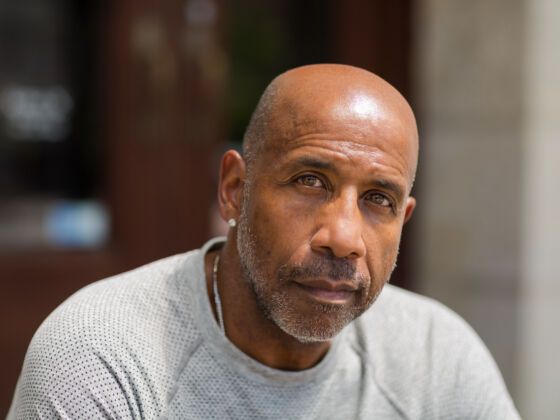One of the most common questions we get when we travel abroad is this:
“Is it safe?”
This question comes with the assumption that the United States has always been a relatively safe place for people to live in comparison to other countries around the world. Yet for many people of color in the United States, their perception of American “safety” is different. For a demographic who has largely experienced violence, hate, and intimidation in this country, it’s not necessarily countries abroad that elicit feelings of unsafety. It’s right here at home.
